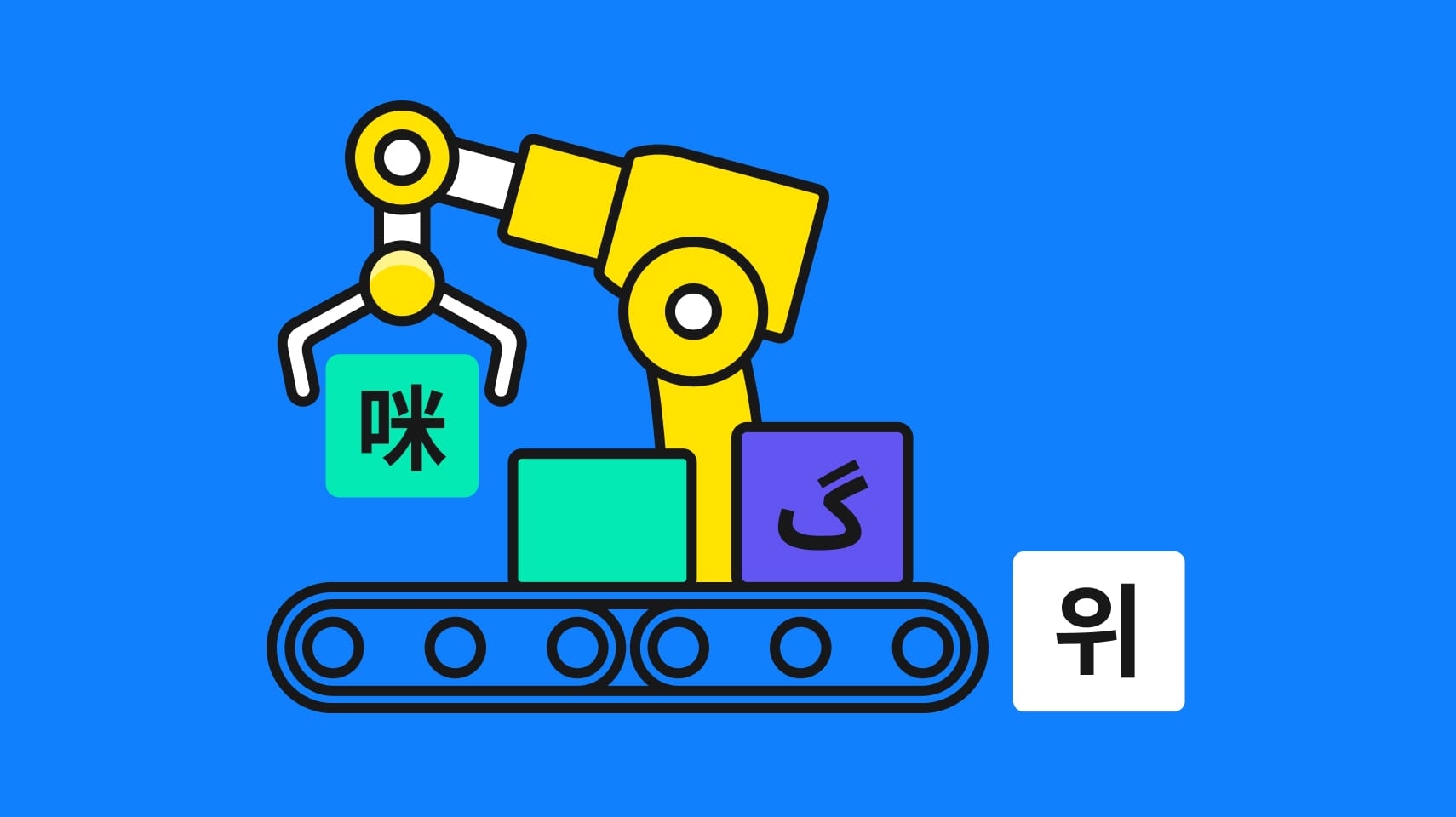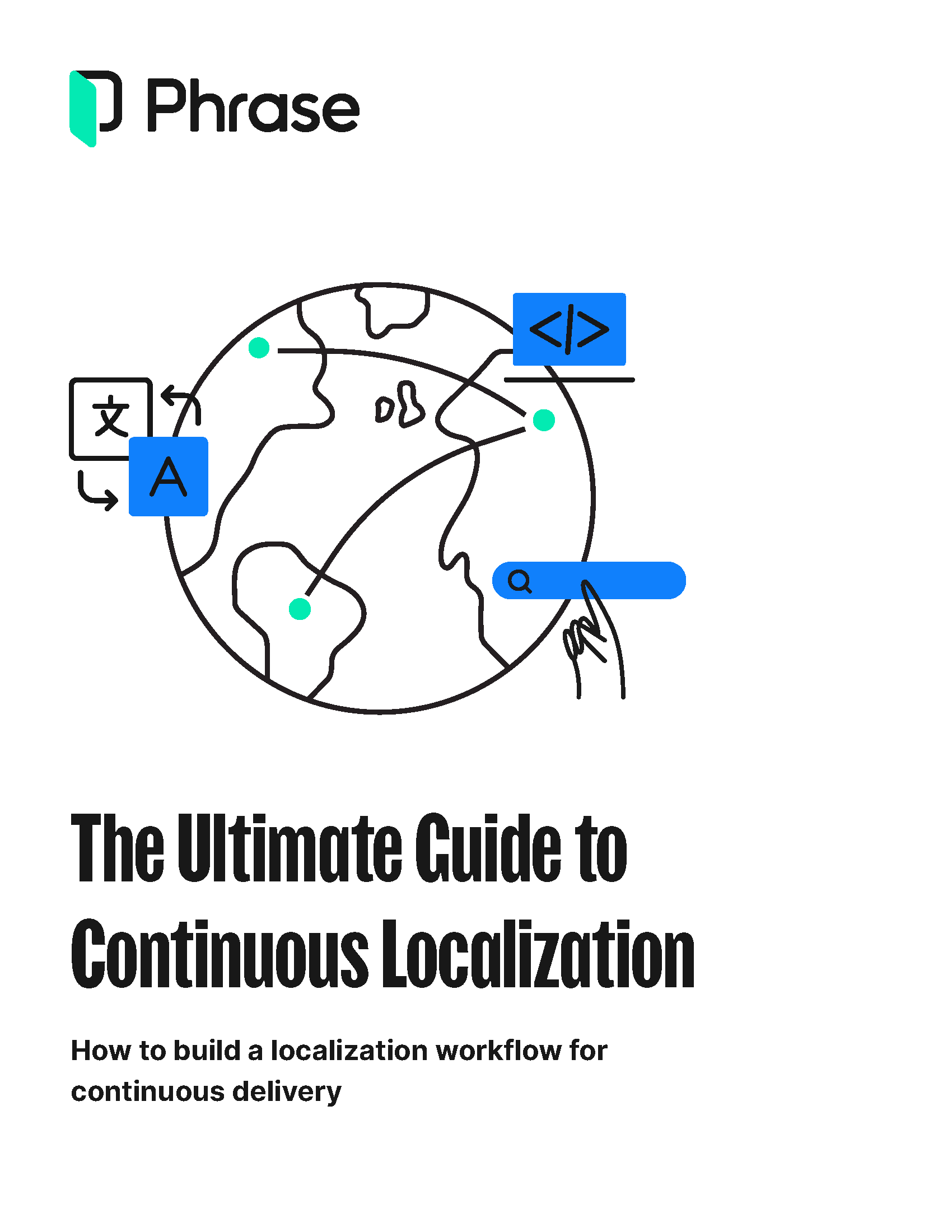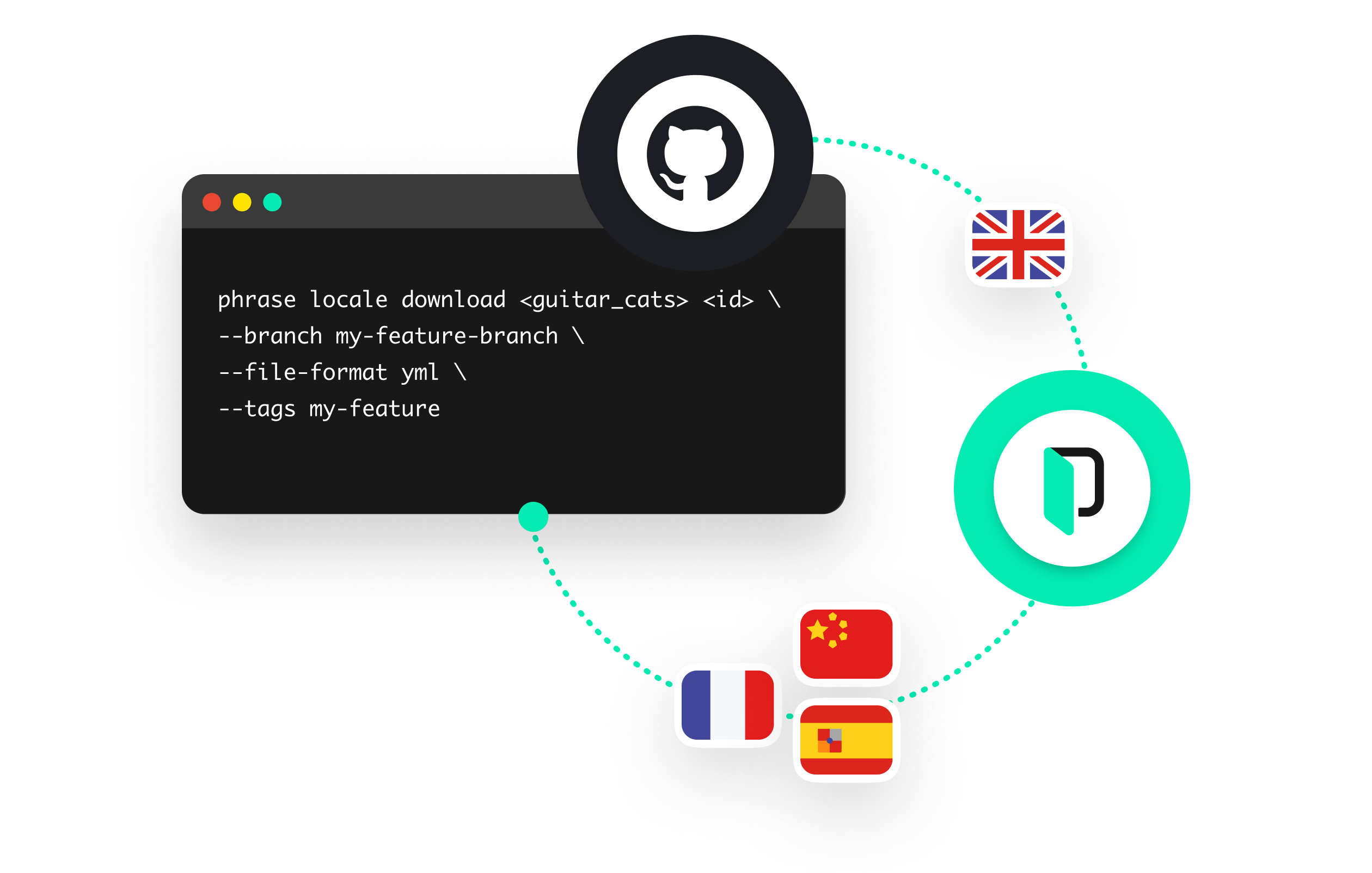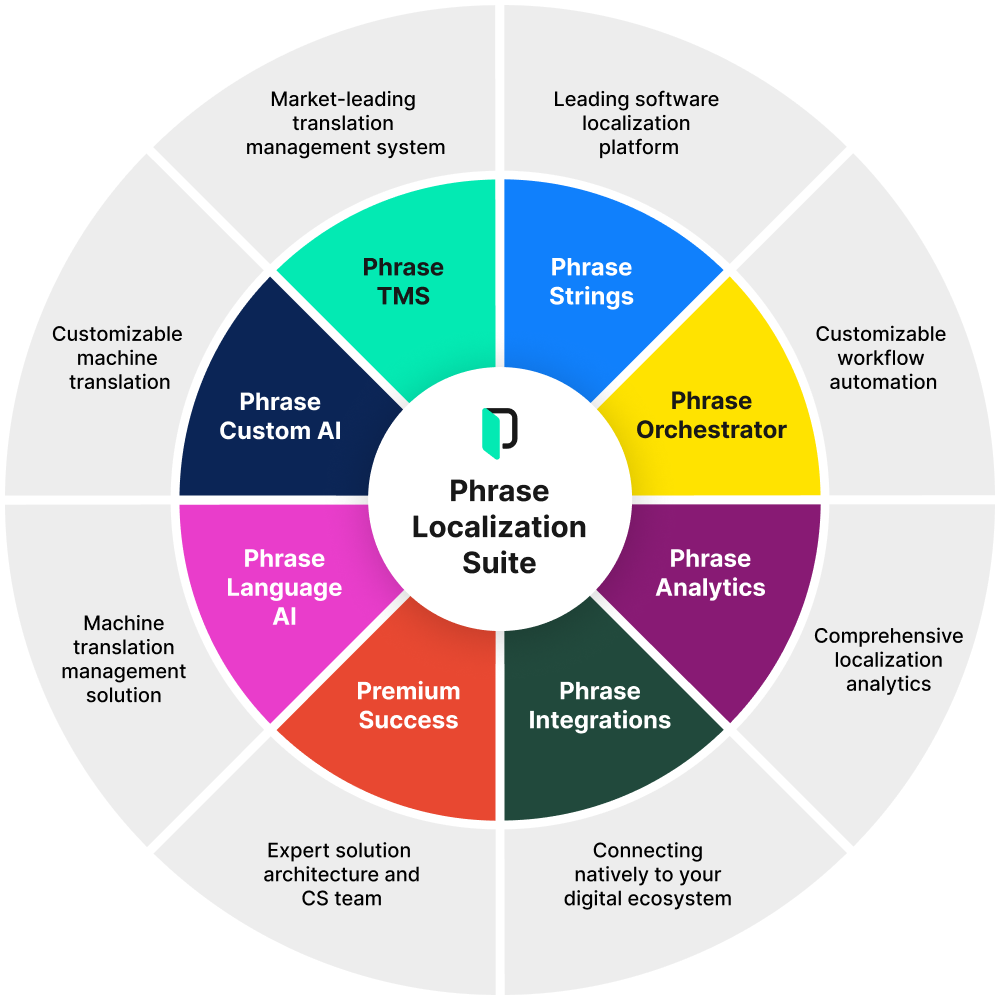Localization strategy
Manufacturing Without Borders: Building a Localization-Friendly Tech Stack for Seamless Global Operations

The evolving dynamics in the global manufacturing landscape have prompted an increasing number of companies to reevaluate their business strategies. At the same time, under the pressure of the digital transformation sweeping the industry, development teams are continually challenged to unify disconnected processes and tools to increase efficiency and enable scalability.
Translation and localization are no exceptions. As more manufacturing organizations proactively seek ways to safeguard their bottom line and expand globally, integrating localization into agile development cycles has become even more crucial in empowering companies to connect with international buyers, drive engagement, and improve conversion rates. Here’s how you can do it as well.
From waterfall and agile to continuous localization
Development teams at manufacturing companies seeking to expand internationally are constantly on the go. Launching products in multiple languages and optimizing global operations bring a whole new level of complexity to their daily tasks. Time is of the essence.
Waiting for translators to send a spreadsheet for translation, going back and forth between emails and instant messages to fix errors, or manually importing and exporting files is inefficient when the team could be focusing on more strategic work.
The good news is that getting your lost time back isn’t just feasible but also easier than you might think. Have you ever considered the possibility of working in sync with translators as soon as the translated content is available in the product information management system?
Enter continuous localization: When the iterative nature of the agile methodology extends to the localization workflow, remarkable things can happen. Developers’ time, talent, and resources are freed up—allowing them to grow and scale business processes further.
Continuous localization is the best-kept secret of globally successful manufacturing companies, and now you can implement it too. You just need the right strategy and technology in place—and then it’s all about execution.

Free download
How to build a localization workflow for continuous delivery
Explore how to implement continuous localization into agile product development to optimize content quality, shorten the release cycle time, and reduce costs.
Challenges in continuous localization
By considering the needs of all potential markets from the start of development and establishing a process and infrastructure for fast, uninterrupted localization, you can harness the benefits of working with a single codebase while efficiently deploying market-specific product versions.
However, when development teams that aren’t used to working in this way suddenly face the need to coordinate their work with localization teams, the lack of processes and tools can quickly become a roadblock to effective continuous localization.
Approaching localization in silos
Most of the time, source content for localization comes from separate teams: marketing, sales, customer service, etc. However, approaching the localization workflow in silos may cost you efficiency—including cost overruns.
When different teams are responsible for development and localization—the two main sides of the continuous localization coin—any disconnect between them can quickly lead to delays and rework. This is especially true when working at scale, e.g., if you’re managing an online marketplace or store in dozens of languages.
Centralizing localization efforts in a cross-functional program can greatly enhance productivity. Having a single team overseeing all aspects of localization ensures synchronization across departments. Adopting a one-team-one-tool approach streamlines the localization workflow, making it efficient and future-proof. There will be no more duplicated efforts or tools—and undisrupted growth will be within your reach.
Lack of dedicated localization software
Inapt technology is one of the leading causes of delays and reworks in the localization process. When teams work with various disconnected tools, the lack of coordination and visibility can result in content getting lost, bottlenecks forming, or errors going undetected until it’s too late.
To avoid these issues, it’s key to have a dedicated localization technology solution in place that will act as the central repository, i.e. the single source of truth for all your content, as well as features that streamline the coordination of tasks between different team members.
Sometimes, however, you might have a localization tool in place that doesn’t integrate well with your existing tech stack and development process. In this case, it might be necessary to look for an alternative solution that can better meet your needs.

Free download
Say goodbye to spreadsheets
Learn how to automate localization workflows and streamline time-consuming and costly processes to release better multilingual content more quickly and efficiently.
Why cloud technology is key for continuous content deployment in multiple languages
To make the best decisions for your manufacturing tech stack, you need to speak the language of both development and localization. This way, you can assess the impact of localization on your development processes and vice versa.
Just like you select the right tools for your development team, the same goes for choosing localization technology. There are many different types of localization platforms on the market, so it’s important to select one that best meets your organization’s needs.
In any case, the result should be a highly automated continuous localization process that runs in parallel with your software development cycles.
Dive deeper
Localization technology: How to assemble your toolkit for global growth
Discover how forward-thinking companies build localization technology strategies to automate and streamline globalization processes—and learn how you can do it too.
From on-premise to cloud localization technology
Previously, development teams would often create their own on-site localization solution tailored to their company’s needs. However, the rise of cloud technology has changed this dynamic forever. Localization platforms based in the cloud offer many of the same advantages as an on-premise solution—while eliminating the need to invest in expensive hardware or additional resources to maintain the localization solution on-site.
With end-to-end data encryption in transit and at rest, companies now enjoy the same level of security for their localization data as they would with an on-premise solution—without the hassle and expense of maintaining their own infrastructure.
Considering that building a custom solution from scratch when the business undergoes constant growth is a monumental endeavor, and that security concerns are no longer a valid reason to choose an on-premise solution over the cloud, it’s now simpler than ever to build your localization workflow in the cloud.
A reputable localization technology provider puts security at the top of its product agenda, enabling you to focus on your work without interruptions and share data in a secure environment.
What makes a secure localization platform:
- Has its servers protected by the highest physical means
- Uses an information security management system (ISMS)
- Observes all industry-standard security compliance regulations
- Has an ISO 27001 certification
- Provides security awareness training to employees
- Conducts regular security audits
- Applies the principle of least privilege for data access
- Encrypts all data both at rest and in transit
- Creates backups at regular intervals to ensure easy recovery in case of data loss
- Devises disaster recovery plans as contingency measures
Choosing the right localization solution for your needs
While security is often the main concern for development teams evaluating localization software, it’s important not to overlook other essential capabilities.
Choosing a solution that enhances and streamlines your workflow will enable developers to use their preferred language and tools—rather than forcing them to adapt to a new platform.
| 5 key factors for developers to consider when choosing localization software | |
| Centralization | Does the localization technology provider offer a centralized platform for managing all localization projects? This includes assigning tasks, setting deadlines, and tracking project status. |
| Scalability | Can the localization solution scale with your company’s growth? Ensure it can handle an increasing number of languages and file formats without compromising performance. For example, it should parse files out of the box and generate localized versions regardless of your development tools. |
| Automation | What automation capabilities does it have? This includes webhooks, native integrations, an API, and more. For example, automatic file synchronization reduces errors by providing up-to-date source files to translators. |
| Integration | What native integrations with other software vendors does it provide? Can you achieve custom integrations via its API? Is its CLI client configurable enough to empower developers to issue localization requests without leaving the command line? |
| Control | Does it provide full visibility into every aspect of the localization process? A solid solution allows assigning distinct roles to each member and shows their impact on the project. |
Change the rules of the game with Phrase
Gone are the days of slow, manual, and costly localization processes. Continuous localization—a moving target by definition—is the new standard, and it’s changing the rules of the game. By incorporating the right localization solution into your tech stack, you can now deliver exceptional multilingual experiences for consumers in different target markets more efficiently than ever before.
The Phrase Localization Platform provides the flexibility, connectivity, control, and scalability you need to future-proof your localization workflow for continuous deployment across markets. A fully integrated suite of translation automation technology, Phrase comes with various products that meet the needs of agile development teams.

To top it all off, you can rely on 50+ native integrations to connect, automate, and streamline your workflows across the entire Phrase Localization Platform—from design to development, from automated project creation to version control systems, from programmatic API calls to on-the-fly requests on the command line. Your team can work with Phrase directly from your favorite tools.
Last but not least, with a Success Plan subscription, you can get access to dedicated solution architects and customer success managers who can help with custom configuration, personalized consulting, and extensive support for integrating the products of your choice into your existing tech stack or migrating from a different platform.
Speak with an expert
Want to learn how our solutions can help you unlock global opportunity? We’d be happy to show you around the Phrase Localization Platform and answer any questions you may have.





